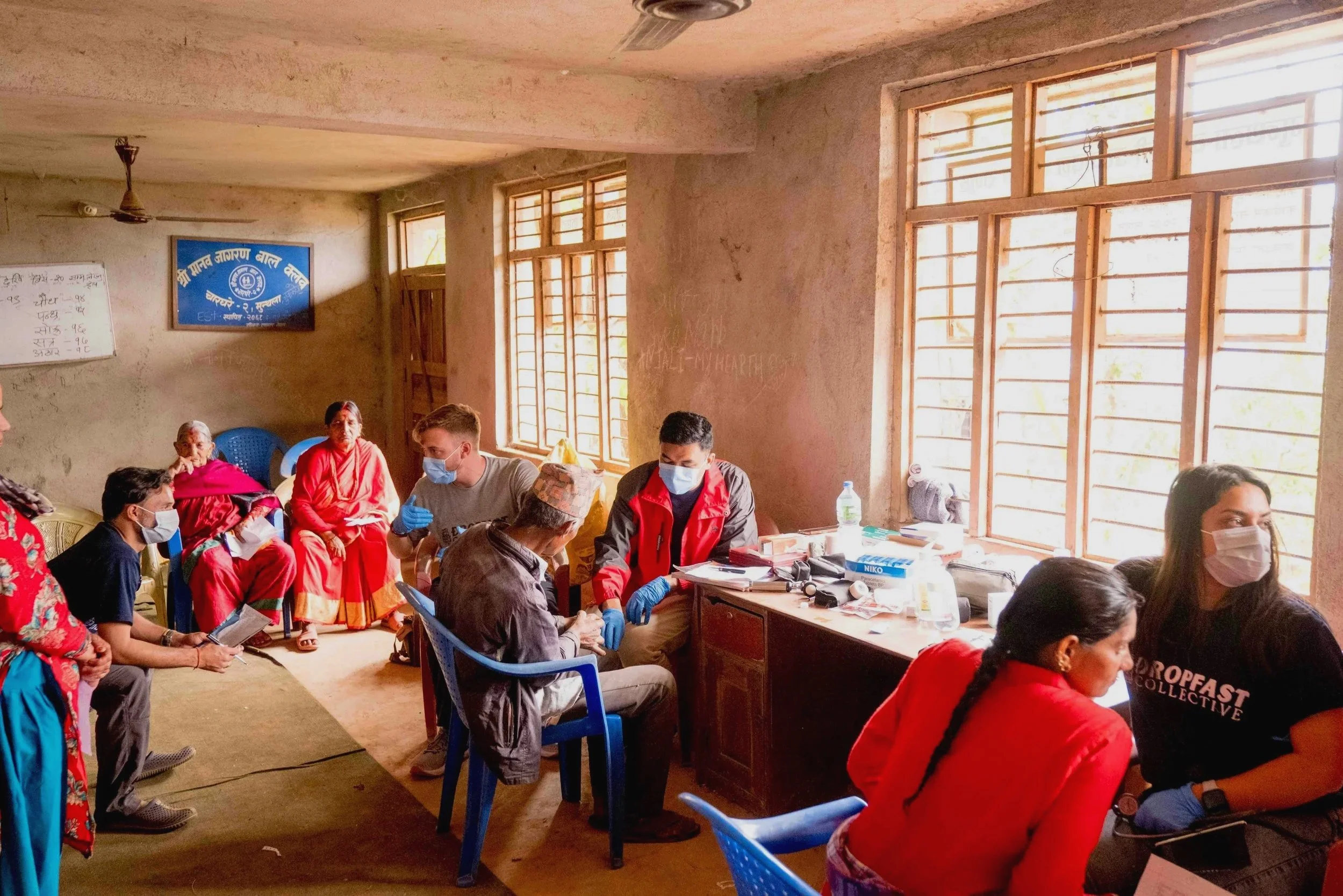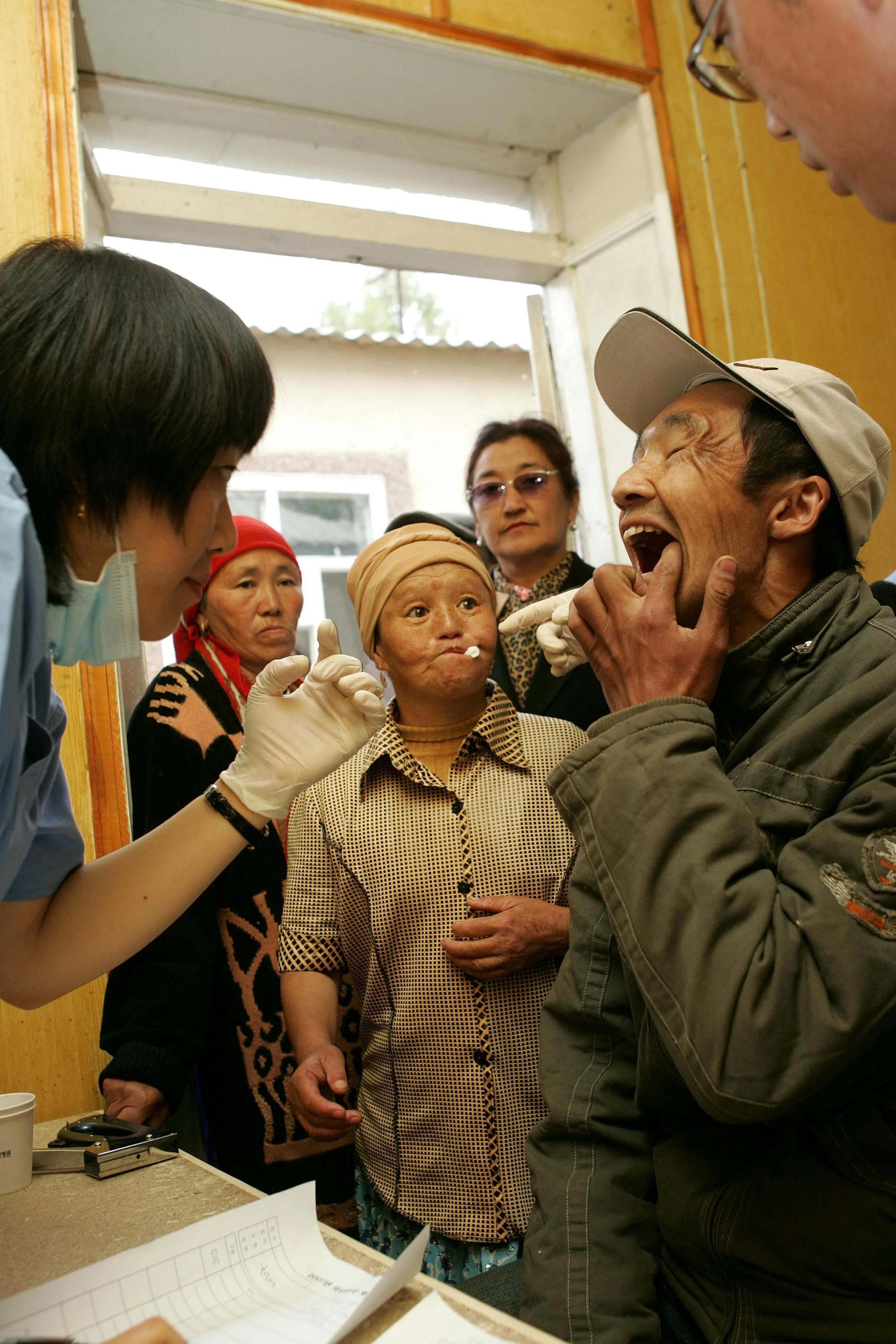
Making rural healthcare visible and actionable
Help change the world.
100% of your gift goes to rural clinics, and we prove it with photos, research, and real stories of change.

The Problem.
Intake Consumes Care Time
In rural clinics, understaffed clinics must allocate staff each day to manually collect patient intake instead of treating patients. This takes precious time away from life-saving care in communities that need it most.
Rural Invisibility
Paper records never make it into national databases, leaving rural populations are left out of the health statistics that guide funding and policy. What isn’t counted is too often ignored.
Funding Follows Data
Governments and donors direct resources to where they see clear evidence of need. Without reliable data, rural clinics struggle to prove their impact and miss out on critical funding.
The Solution.
Digitizing patient intake to free staff time to focus on care, providing funders with clear evidence of impact, and making rural communities visible to the policymakers who shape health budgets.
Rural communities face preventable deaths because their health needs are hidden from those with resources. We believe healthcare equity begins with data equity. By digitizing patient intake, we turn paper records into actionable evidence that reaches policymakers and funders. When rural health is visible in the data, resources flow to the highest-need communities, transforming invisibility into priority.
-
We streamline patient intake with a simple digital system that works offline and in local languages. Records flow directly into a dashboard that shows patient volumes and illness trends, freeing staff to focus on care while providing clarity instead of piles of paper.
-
We deliver reliable, anonymized data from rural clinics that has historically been missing from national systems. This evidence helps guide smarter health budgets and ensures resources reach the communities most in need.
-
We make rural health needs visible so they cannot be ignored. When data drives decisions, funding flows back to clinics, strengthening care where mortality rates are highest.
Current Research
Our research team uses advanced spatial analysis and machine learning to detect health patterns in rural communities that would otherwise go unnoticed. This technology links health outcomes to infrastructure needs, giving governments the evidence they need to invest resources where they'll save the most lives
